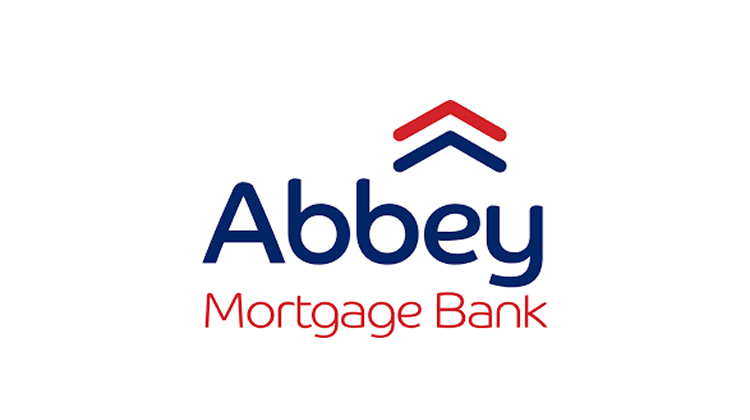Abbey Mortgage Bank Plc’s Q1 2025 Performance: A Detailed Analysis
Abbey Mortgage Bank Plc commenced the year 2025 on a positive trajectory, demonstrating robust financial performance in the first quarter. The bank’s unaudited financial statements reveal significant growth across key metrics, suggesting a strategic and effective approach to navigating the evolving economic landscape. Notably, gross earnings surged by an impressive 68.64%, reaching N3.77 billion compared to N2.24 billion in the corresponding period of 2024. This substantial increase underscores the bank’s ability to generate revenue and capitalize on market opportunities. This growth in top-line performance translated into improved profitability, with Profit Before Tax (PBT) rising by 33.06% to N359.34 million and Profit After Tax (PAT) increasing by 31.52% to N340.46 million. This enhanced profitability reflects the bank’s efficient management of operating expenses alongside its revenue growth strategies. These encouraging results indicate a promising start to the fiscal year for Abbey Mortgage Bank.
Delving into the specifics of the bank’s balance sheet, we observe both positive and negative trends. While the bank experienced a marginal decrease in loans and advances to customers and customer deposits, its overall asset base expanded. Loans and advances decreased by 7.31% to N11.19 billion, while customer deposits saw a slight dip of 4.16% to N51.66 billion. These reductions could be attributed to various factors, including a tightening lending environment, shifts in customer preferences, or strategic decisions by the bank to manage its risk exposure. However, despite these decreases, the bank’s total assets grew by 2.05% to N85.98 billion, indicating a strategic focus on asset diversification and growth. Moreover, the bank’s total equity increased by 3.69% to N9.57 billion, further solidifying its financial position and demonstrating resilience in the face of market fluctuations.
The bank’s operational performance further illuminates its financial health. Operating income, a crucial indicator of a bank’s core business activities, witnessed a significant increase of 21.21%, reaching N1.02 billion. This rise highlights the bank’s effectiveness in generating income from its core lending and investment operations. While operating expenses also saw an increase of 15.59% to N660.45 million, the growth in operating income outpaced the rise in expenses, contributing to the overall improvement in profitability. This careful management of operational costs underscores the bank’s commitment to efficiency and maximizing returns for stakeholders.
A closer look at the bank’s liquidity position reveals a significant improvement in cash and cash equivalents, which surged by 82.23% to N27.86 million. This enhanced liquidity provides the bank with greater financial flexibility to meet short-term obligations and pursue growth opportunities. While the amount of the increase might seem modest in the context of the bank’s overall size, it reflects a positive trend in liquidity management. Taken together, these figures paint a picture of a bank that is effectively managing its resources and navigating market dynamics to achieve sustainable growth.
Comparing the Q1 2025 performance to the full-year results of 2024 provides valuable context. In 2024, Abbey Mortgage Bank reported a 23% increase in profit after tax, reaching N1.07 billion. While it’s important to avoid drawing direct comparisons between quarterly and annual figures, the Q1 2025 performance suggests that the bank is on track to potentially surpass its 2024 achievements. The substantial growth in gross earnings and profitability in the first quarter lays a strong foundation for continued success throughout the year.
In conclusion, Abbey Mortgage Bank’s Q1 2025 performance demonstrates impressive growth and resilience in a dynamic market. The bank’s strategic focus on revenue generation, cost management, and asset growth has yielded positive results, reflected in the substantial increases in gross earnings, PBT, and PAT. While some key balance sheet items experienced marginal declines, the overall growth in total assets and equity underscores the bank’s strong financial footing. Furthermore, the improved liquidity position provides the bank with greater flexibility to navigate future challenges and capitalize on emerging opportunities. While the first-quarter results offer a promising glimpse into the bank’s potential for the year ahead, the true measure of its success will depend on its ability to maintain this momentum and navigate the evolving economic landscape throughout 2025.


